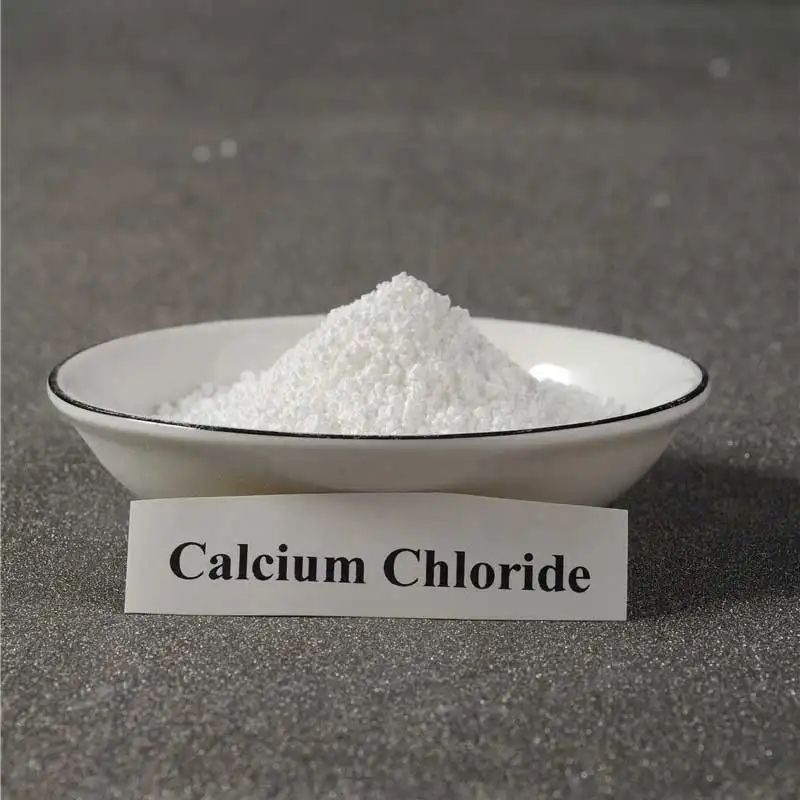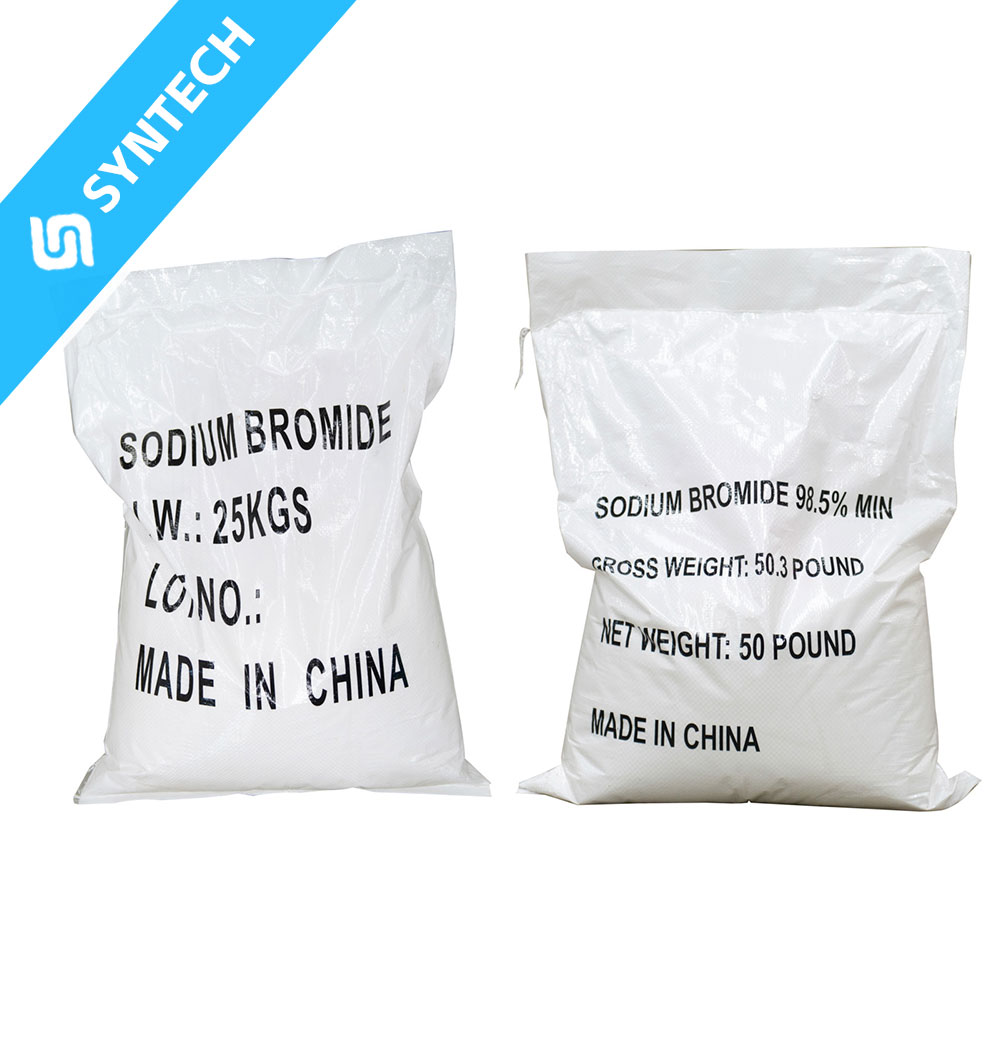The Role of Sodium Methallyl Sulfonate (SMAS) in Enhancing Copolymer Hydrophilicity and Dyeing Properties
The ability of Sodium Methallyl Sulfonate (SMAS) to dramatically improve the hydrophilicity and dyeability of copolymers is a direct result of its unique and powerful molecular architecture. It acts as a built-in, permanent modifier within the polymer chain.
1. Molecular Foundation: The Power of the Sulfonate Group
The key to SMAS’s performance lies in its strongly anionic sulfonate group (-SO₃⁻). This functional group is responsible for both hydrophilicity and providing dye sites.
- Permanent Ionic Charge: Unlike some groups that can change charge with pH, the sulfonate group maintains its strong negative charge across a very wide pH range (highly acidic to highly alkaline conditions). This makes its effects reliable and consistent.
- Exceptional Hydrophilicity: The sulfonate group is intensely hydrophilic (water-loving). It has a very high hydration energy, meaning it strongly attracts and binds a large number of water molecules, forming a hydration shell around itself.
2. Mechanism for Enhancing Hydrophilicity
When SMAS is copolymerized, its sulfonate groups become covalently bonded and evenly distributed along the polymer backbone.
- Water Interaction: The embedded sulfonate groups act like molecular magnets for water. They drastically increase the polymer’s affinity for water by:
- Reducing the Contact Angle: Water droplets spread more easily on the polymer surface instead of beading up.
- Facilitating Water Absorption: The polymer can now readily absorb water and swell, a property known as hydration.
- Result: The copolymer transforms from being hydrophobic or mildly hydrophilic to being highly hydrophilic. This improves properties like:
- Antistatic Behavior: The absorbed water layer dissipates static electricity.
- Comfort in Fibers: Hydrophilic fibers can absorb moisture and wick it away, making textiles (like sportswear) more comfortable to wear.
- Dispersion: In applications like concrete superplasticizers, the hydrophilicity helps the polymer disperse solid particles effectively in water.
3. Mechanism for Enhancing Dyeing Properties (Particularly in Fibers)
This is where SMAS’s role becomes transformative, especially for synthetic fibers like acrylics.
The Problem with Synthetic Fibers:
Most synthetic fibers (e.g., pure polyacrylonitrile) have a smooth, non-porous, and hydrophobic structure with no ionic sites. This makes them extremely difficult to dye with common ionic dyes. The dyes have nothing to attach to and cannot penetrate the fiber structure.
The SMAS Solution:
By copolymerizing SMAS into the polymer chain (e.g., with acrylonitrile), we fundamentally alter the fiber’s chemical nature.
- Creation of Dye Sites: Each Sodium Methallyl Sulfonate (SMAS) unit incorporated into the chain provides a permanent, anionic sulfonate group. These groups act as dedicated dye receptor sites throughout the fiber.
- Interaction with Dyes: The most common dyes for acrylic fibers are cationic dyes (basic dyes). These dyes carry a positive charge.
- Ionic Bonding: A powerful ionic bond forms between the negatively charged sulfonate group (-SO₃⁻) in the fiber and the positively charged group in the cationic dye molecule. This bond is very strong and durable.
- Improved Diffusion: The incorporation of SMAS also slightly opens up the polymer structure, allowing dye molecules to diffuse more easily into the fiber.
4. Results of Enhanced Dyeing Properties
The introduction of Sodium Methallyl Sulfonate (SMAS) creates a fiber that is:
- Easily Dyable: Cationic dyes are rapidly attracted to and absorbed by the fiber.
- Brilliant in Color: The strong ionic bonding allows for a high uptake of dye molecules, resulting in deep, vibrant, and intense colors.
- Colorfast: The ionic bond is extremely resistant to washing and fading. This results in excellent wash-fastness and light-fastness properties, meaning the colors stay bright and true for the life of the fabric.
- Uniform: Dyeing is even and level, preventing splotchy or uneven coloration.
Summary Table: SMAS’s Contributions to Copolymer Properties
| Property | Role of Sodium Methallyl Sulfonate (SMAS) | Mechanism | Result |
|---|---|---|---|
| Hydrophilicity | Provides strong, permanent hydrophilic sites. | Sulfonate groups (-SO₃⁻) attract and bind water molecules via hydration. | Improved water absorption, antistatic properties, comfort, and dispersion. |
| Dyeability | Creates permanent anionic dye sites. | Ionic bonding between (-SO₃⁻) groups and cationic dye molecules. | Allows synthetic fibers (e.g., acrylic) to be dyed with brilliant, durable colors. |
| Color Fastness | Provides strong ionic anchoring points for dye. | The ionic bond is resistant to breakdown by water, detergent, or light. | Excellent wash-fastness and light-fastness; colors remain vibrant. |
Conclusion
In essence, Sodium Methallyl Sulfonate (SMAS) acts as a powerful permanent modifier within a copolymer. Its strongly anionic sulfonate group performs two critical functions:
- It acts as a magnetically hydrophilic site, binding water and making the entire polymer matrix water-friendly.
- It acts as a molecular docking station, providing fixed, negatively charged sites that form strong, durable ionic bonds with cationic dyes.
This dual capability makes Sodium Methallyl Sulfonate (SMAS) an invaluable comonomer for creating high-performance materials, from comfortable, colorful textiles to effective dispersants and superplasticizers.






